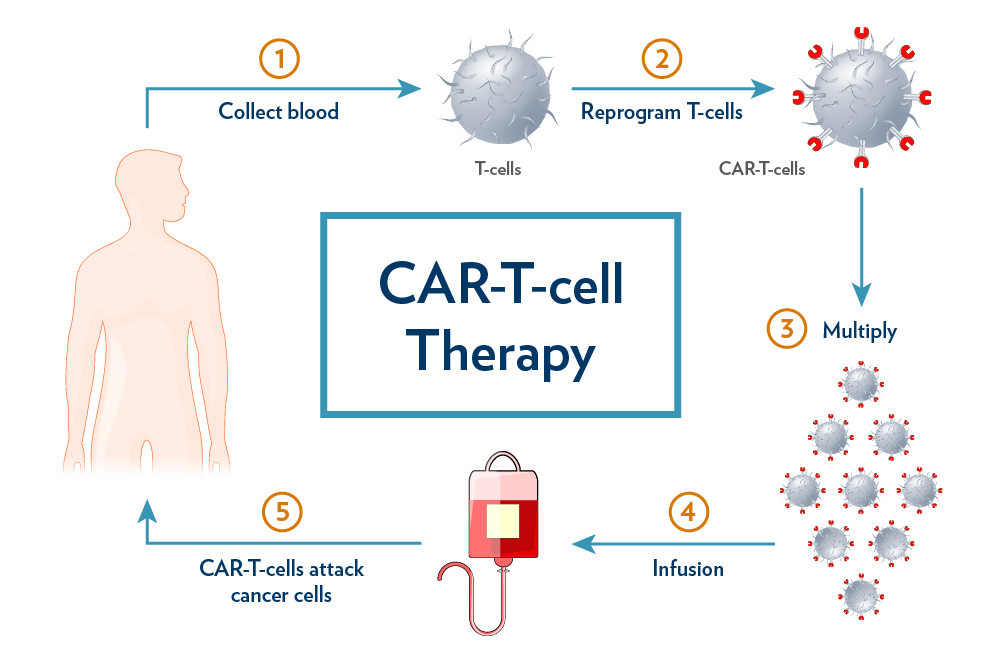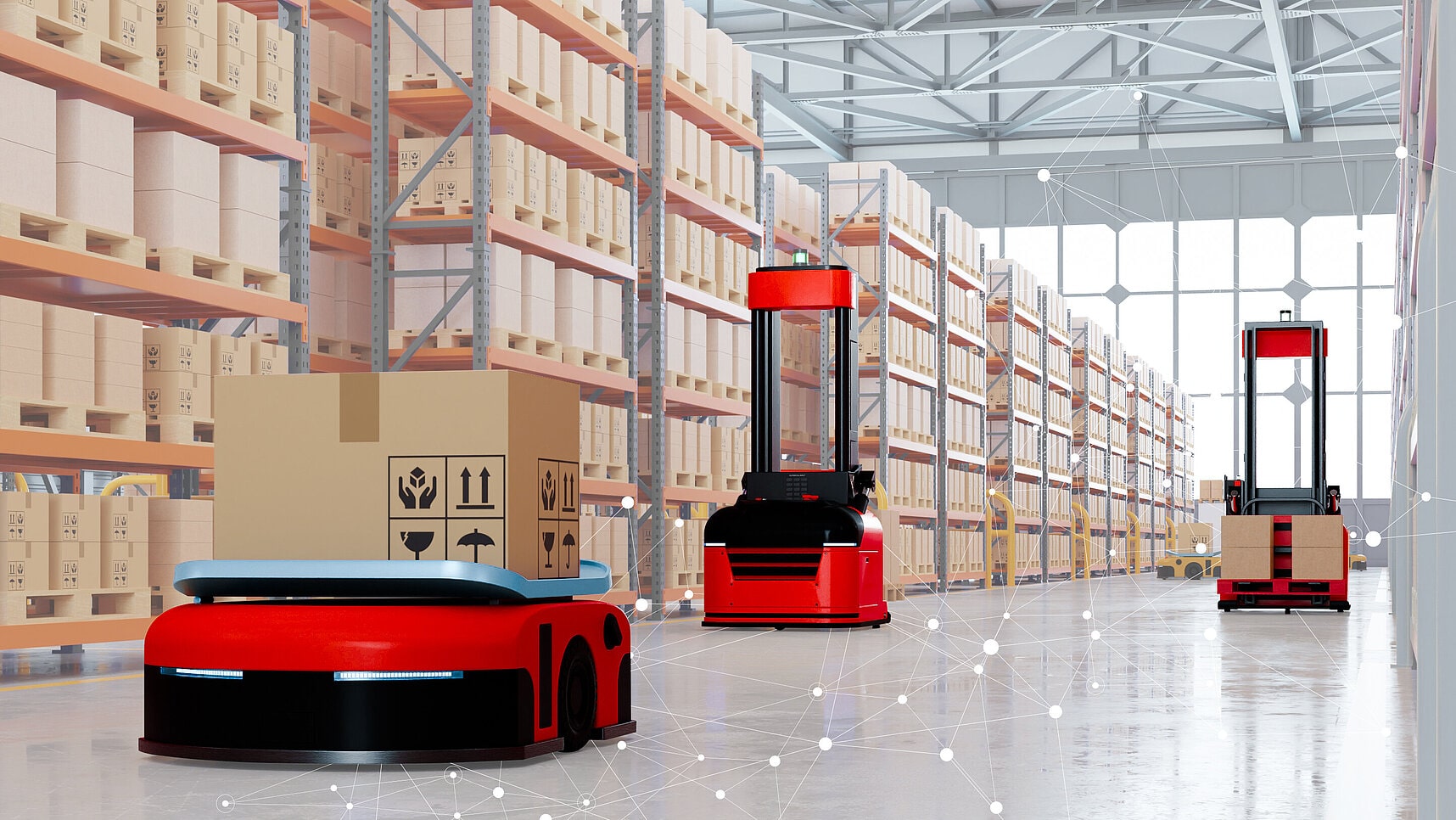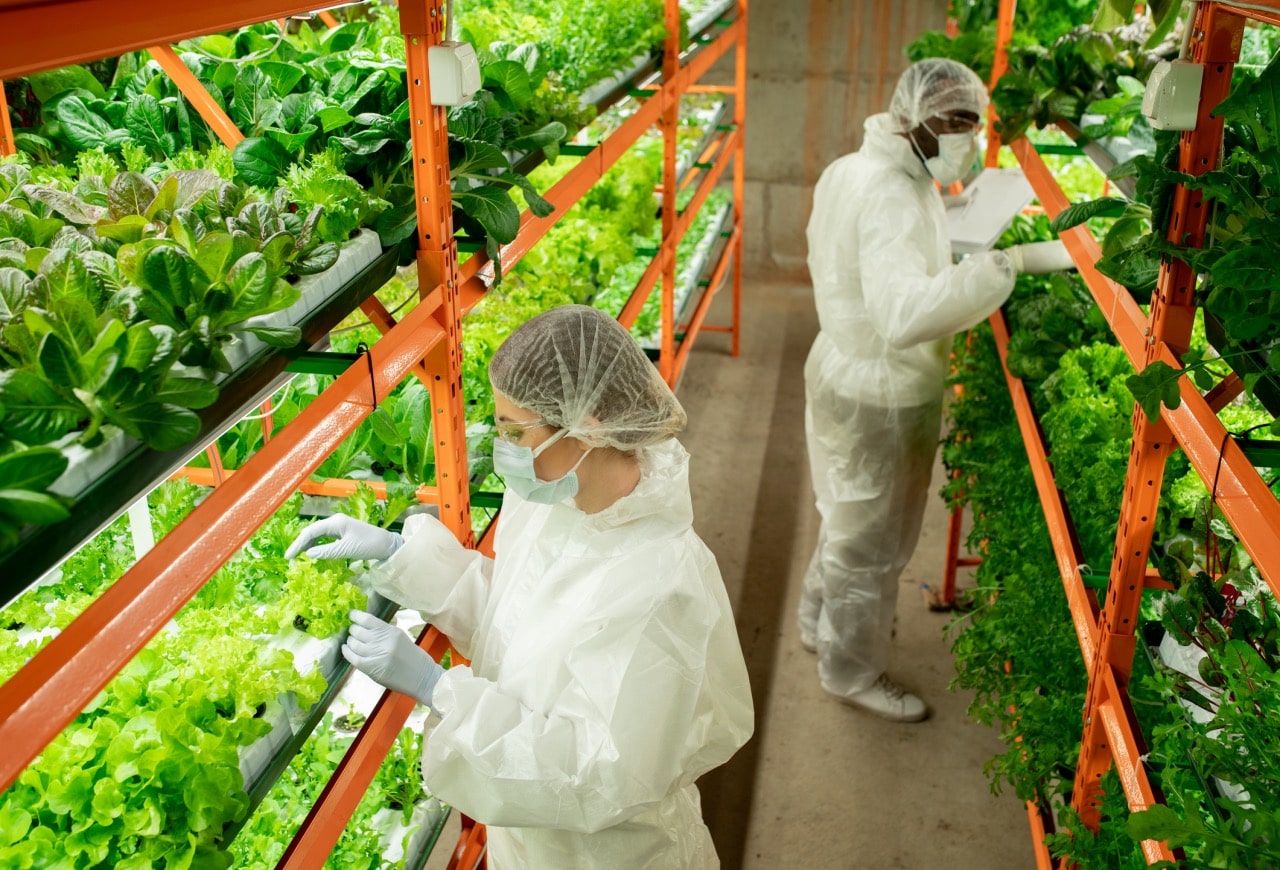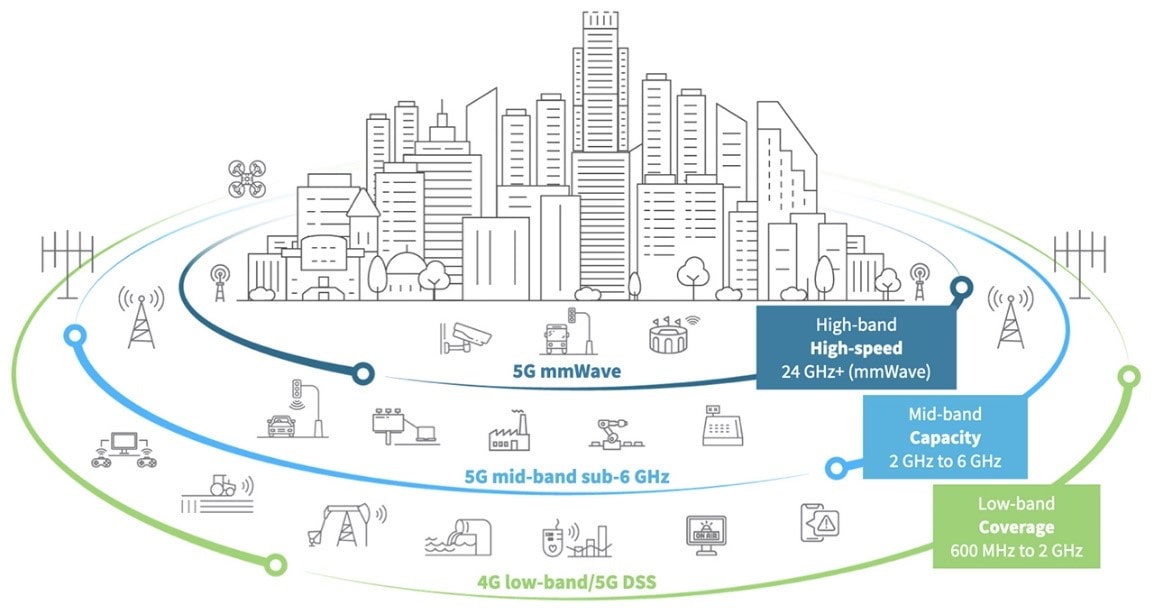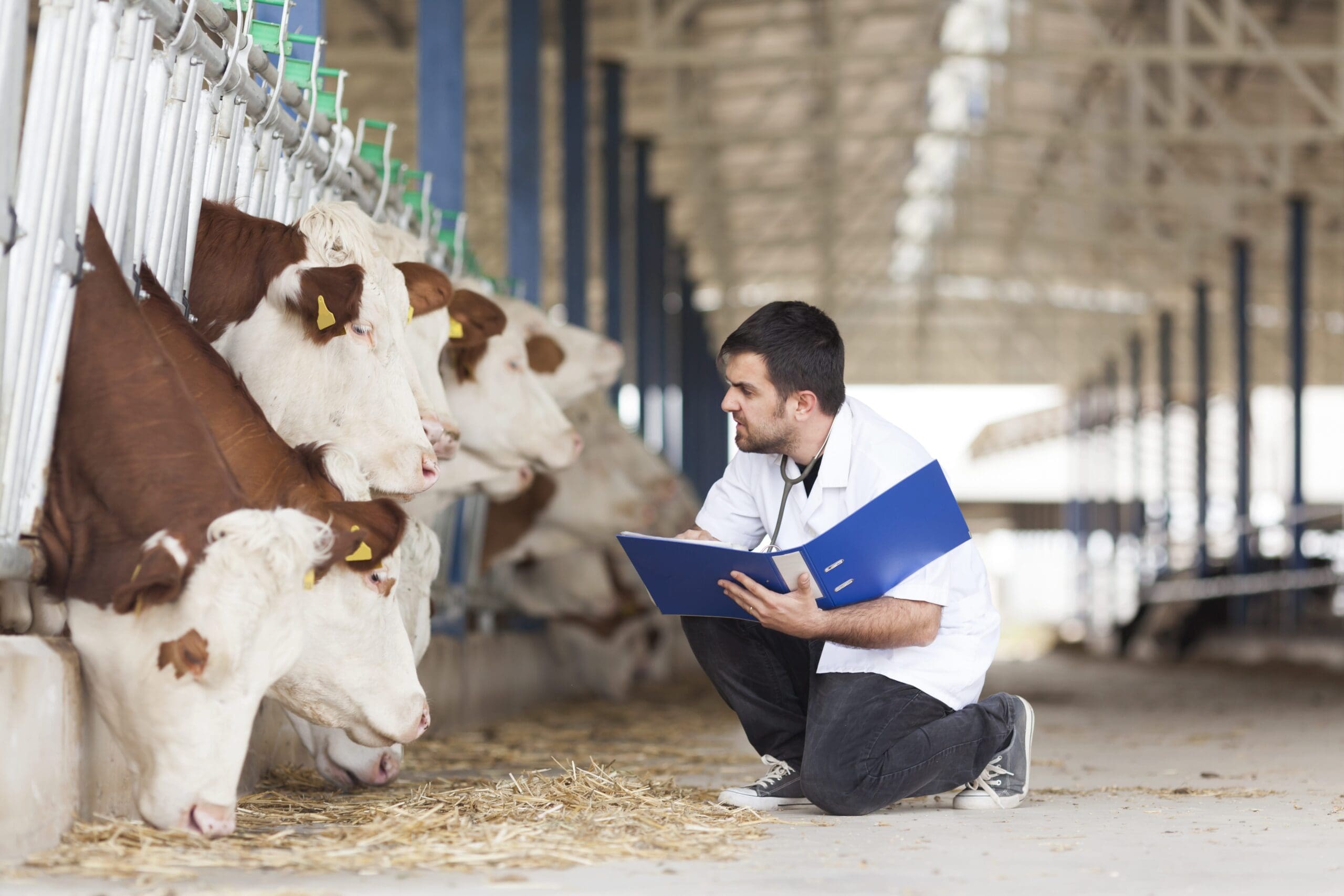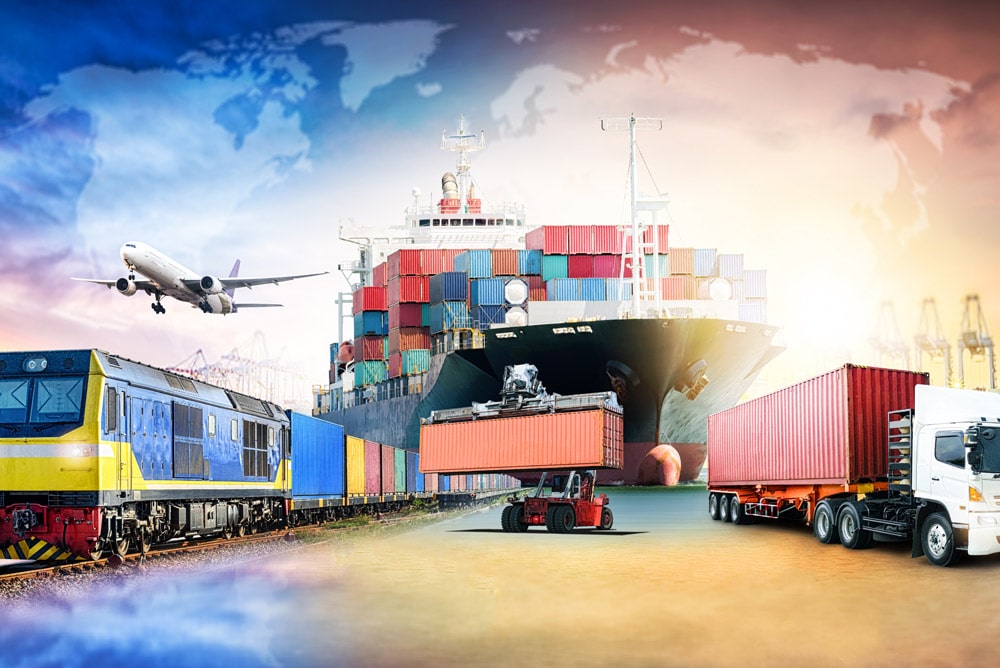Rising Tensions Drive Ammunition Market to New Heights
The global ammunition market has seen a substantial rise in demand over the past decade, primarily fueled by escalating geopolitical tensions, advancements in military technology, and an increasing emphasis on national security across various regions. This increased demand is evident in the context of large-scale military operations, personal protection needs, and law enforcement requirements, making advanced ammunition a critical focus for nations worldwide.


